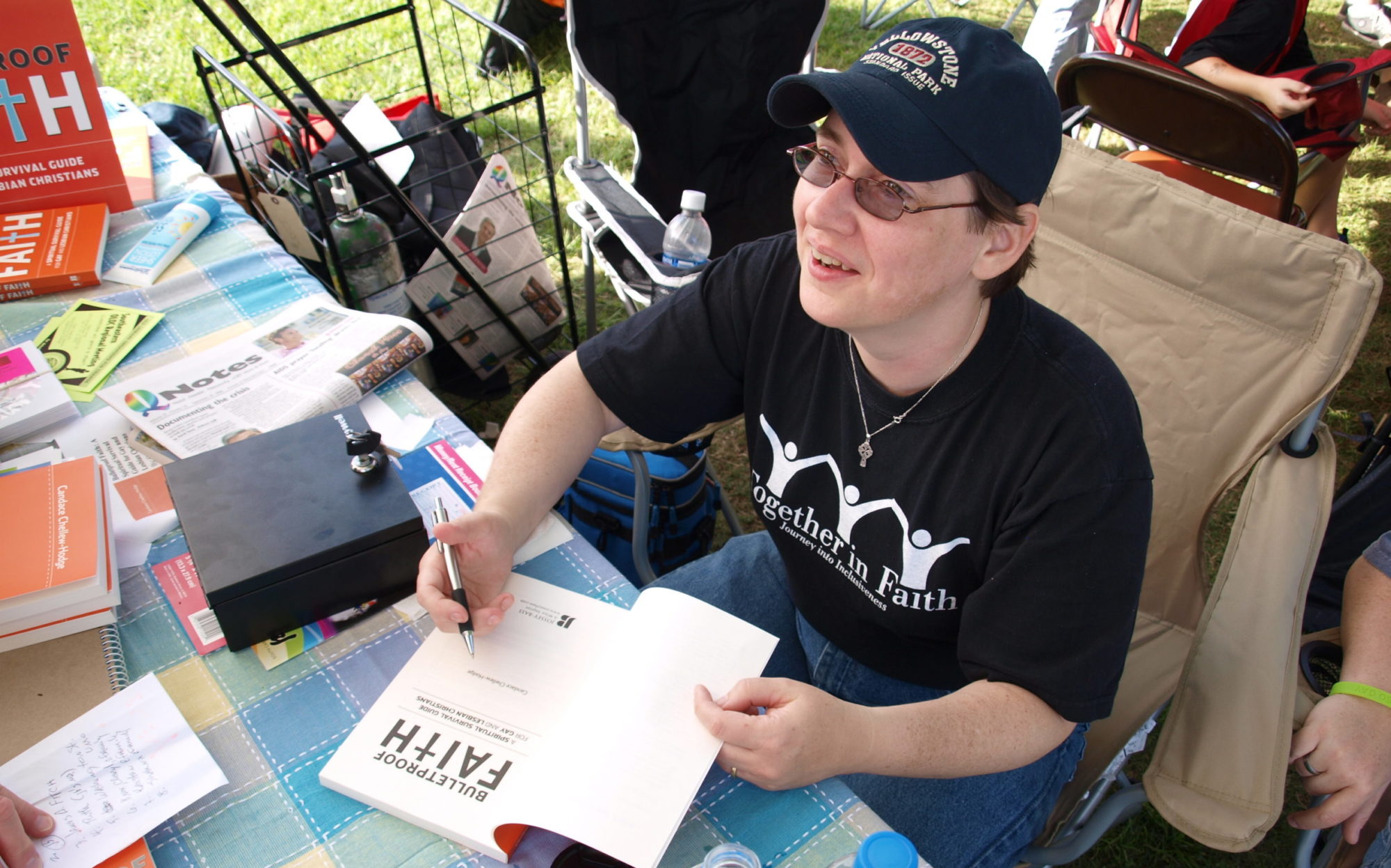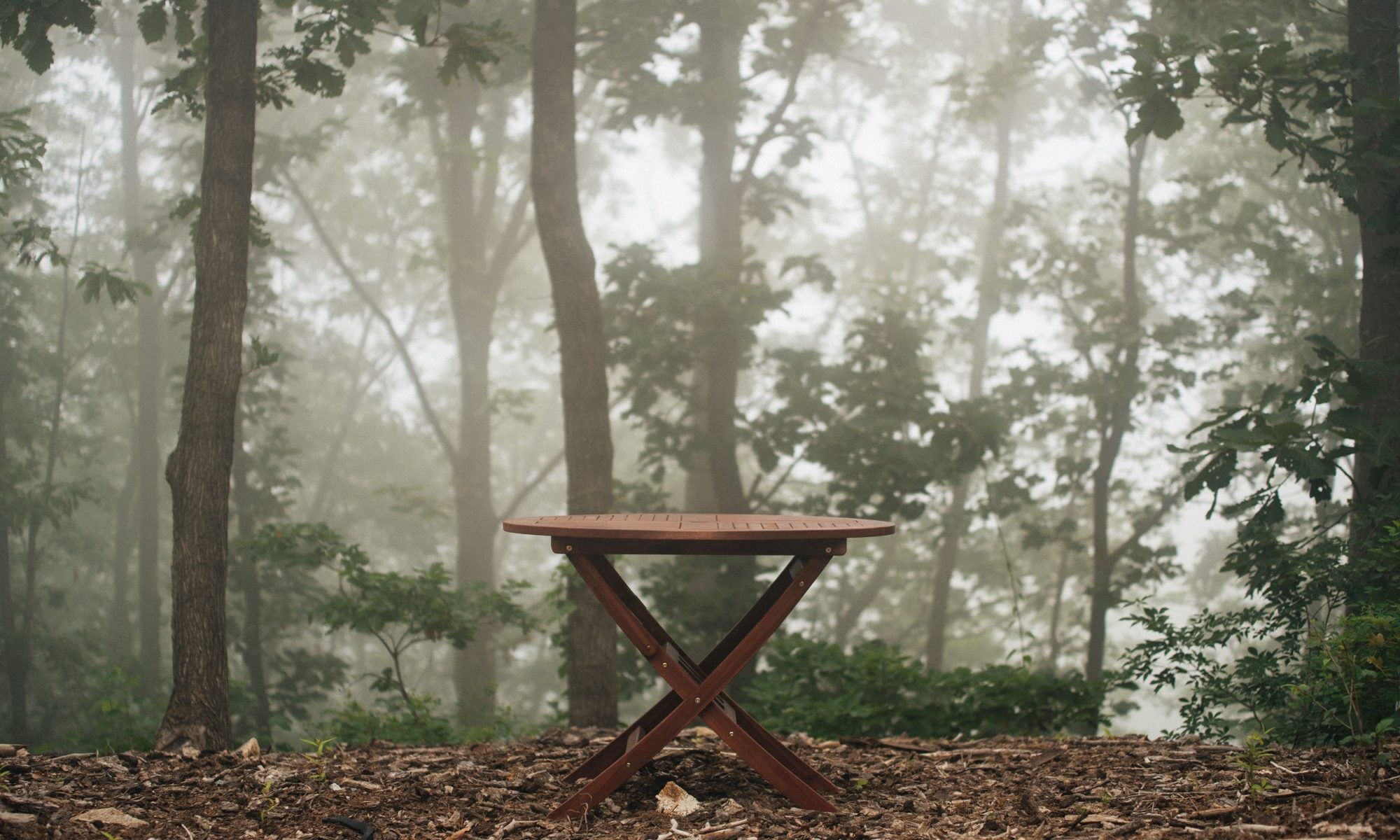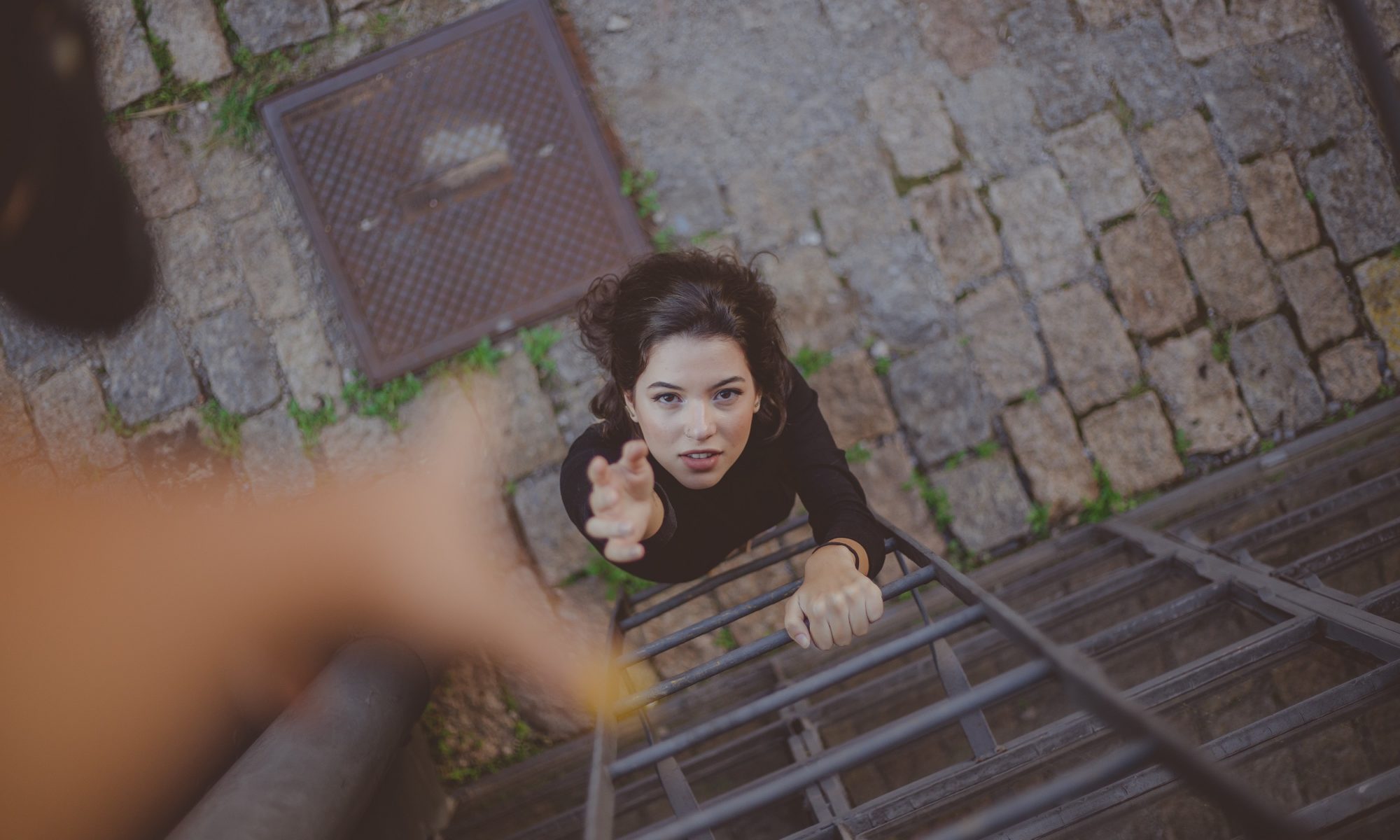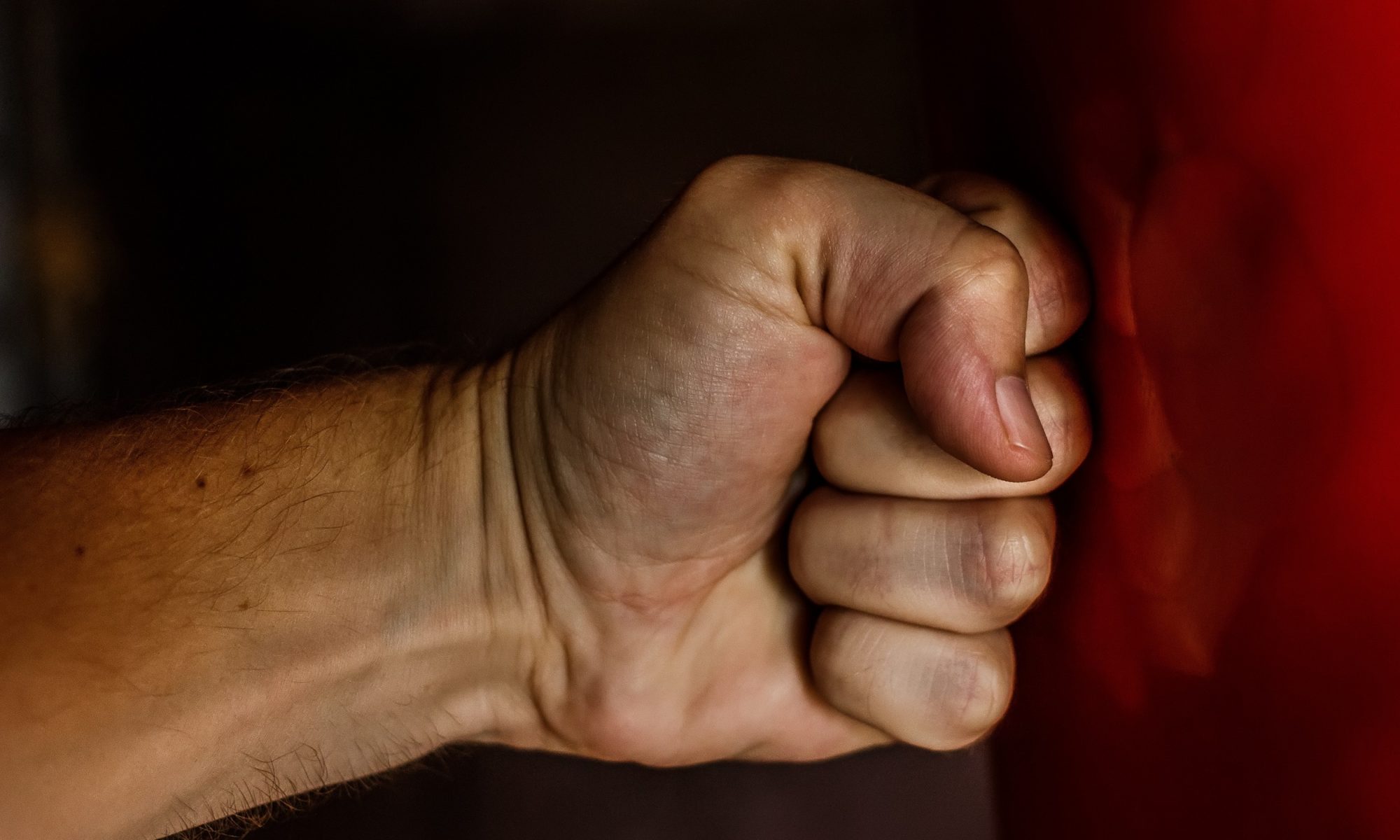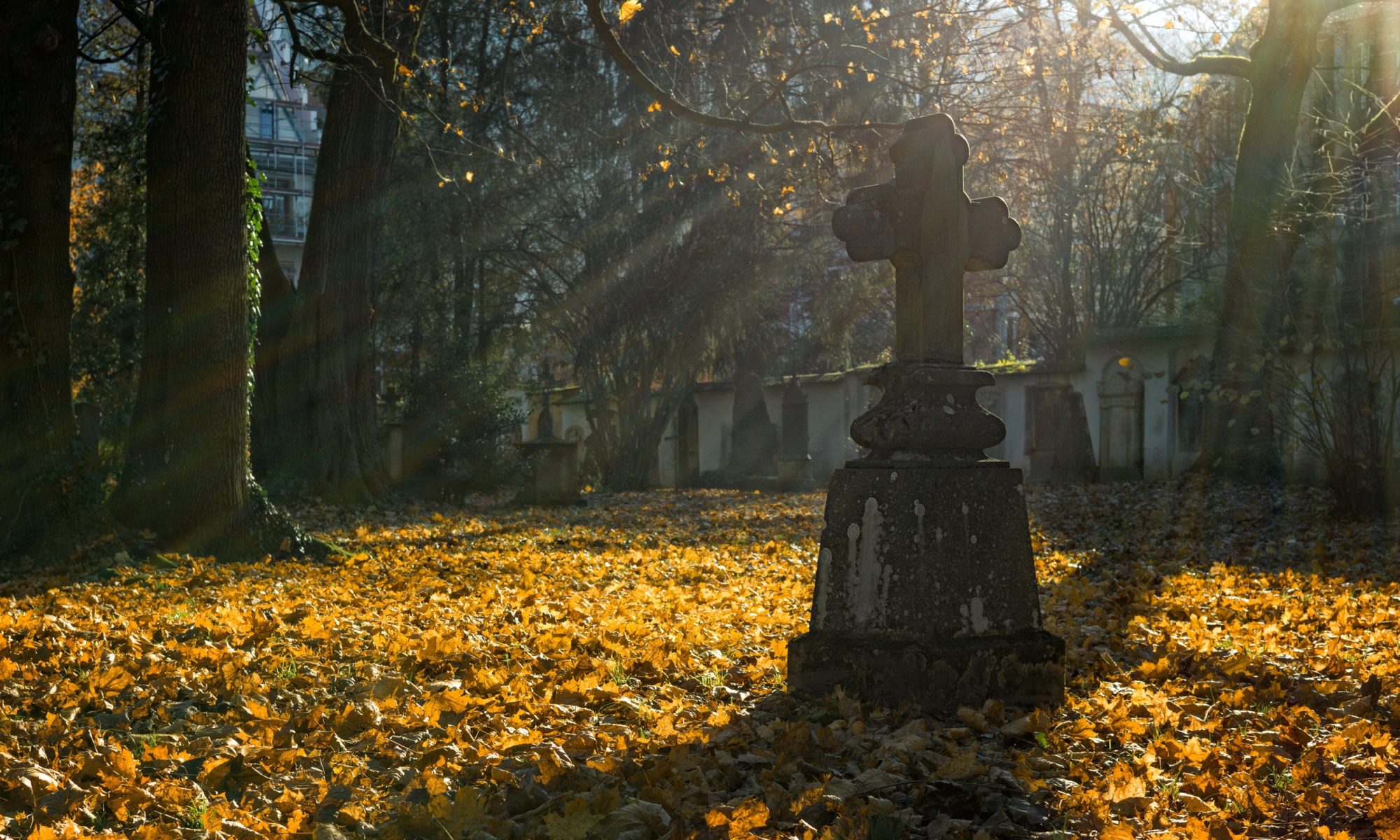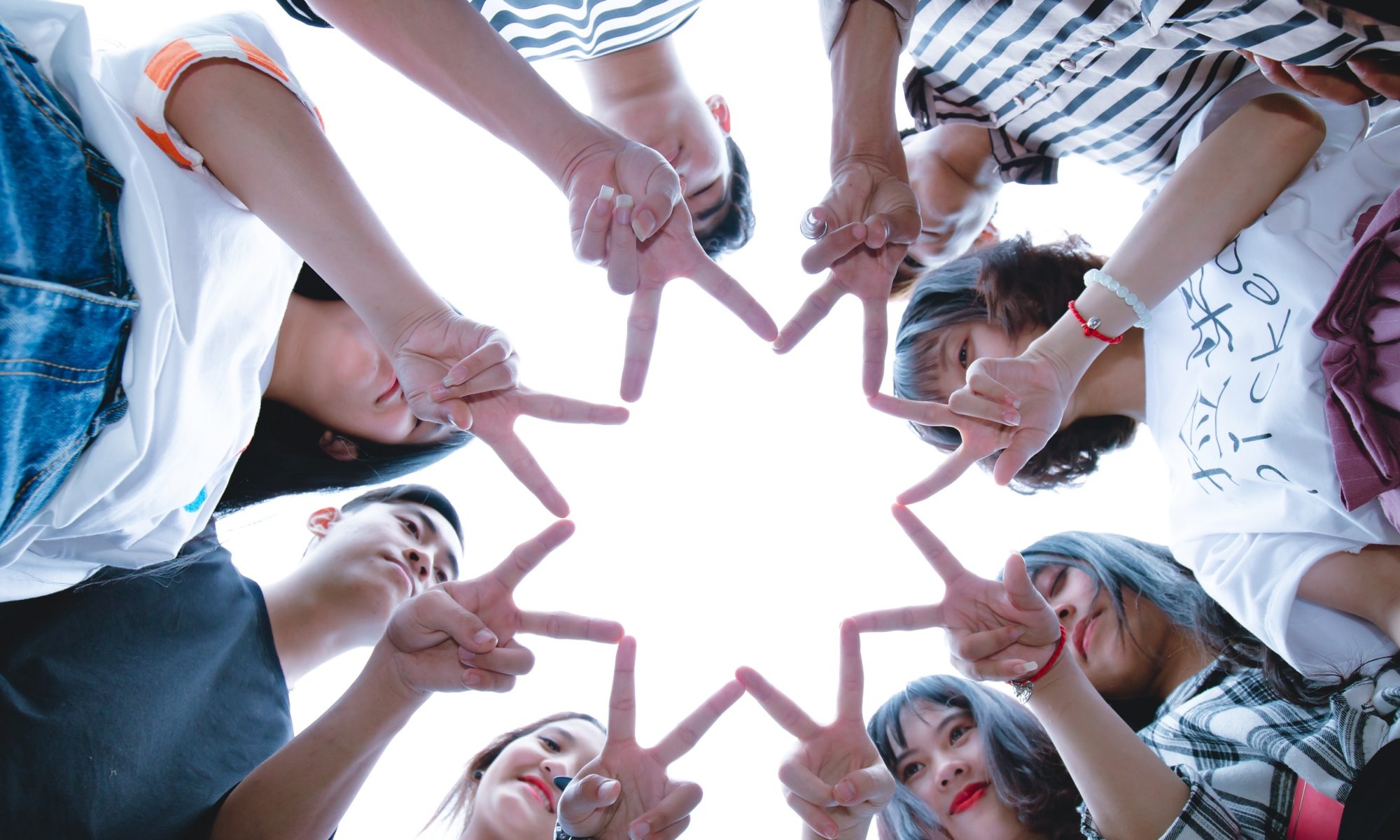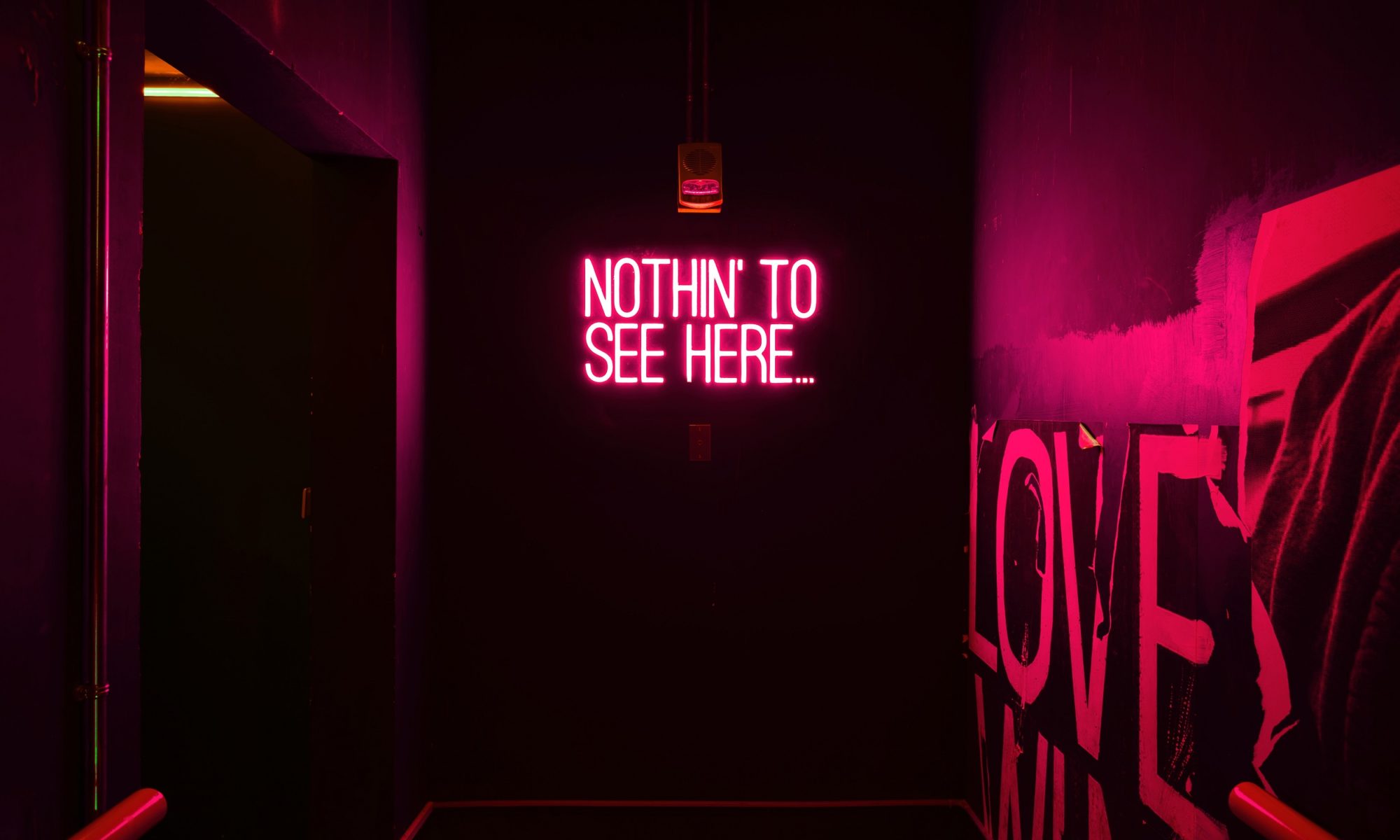Lesson 28: Above all else I want to see things differently.
We live in a world where everyone has a point of view. Everyone has an opinion. Often those opinions become our identity. You identify as “liberal,” or “conservative,” or “independent,” or whatever other label you can contrive.
Your perception has not only become your reality – but your fixed identity.
This has to do with a psychological phenomenon called “confirmation bias.” We have what we believe to be a fixed set of beliefs about the world and we reject any evidence that contradicts it (even if that evidence is factually provable) and embrace evidence that confirms our beliefs (even if that evidence is demonstrably false).
Two studies from Stanford University back up this idea. When students were told a set of what they believed were facts about suicide and a firefighter’s performance, they remained convinced in their original beliefs even after those beliefs were totally refuted by the researchers afterward.
Our reactions are linked to the primitive communities we formed way back in our evolution, according cognitive scientists Hugo Mercier and Dan Sperber who wrote a book a few years ago called “The Enigma of Reason.”
Continue reading “AYoMW: Jan. 28, 2020 — The miracle of tables”